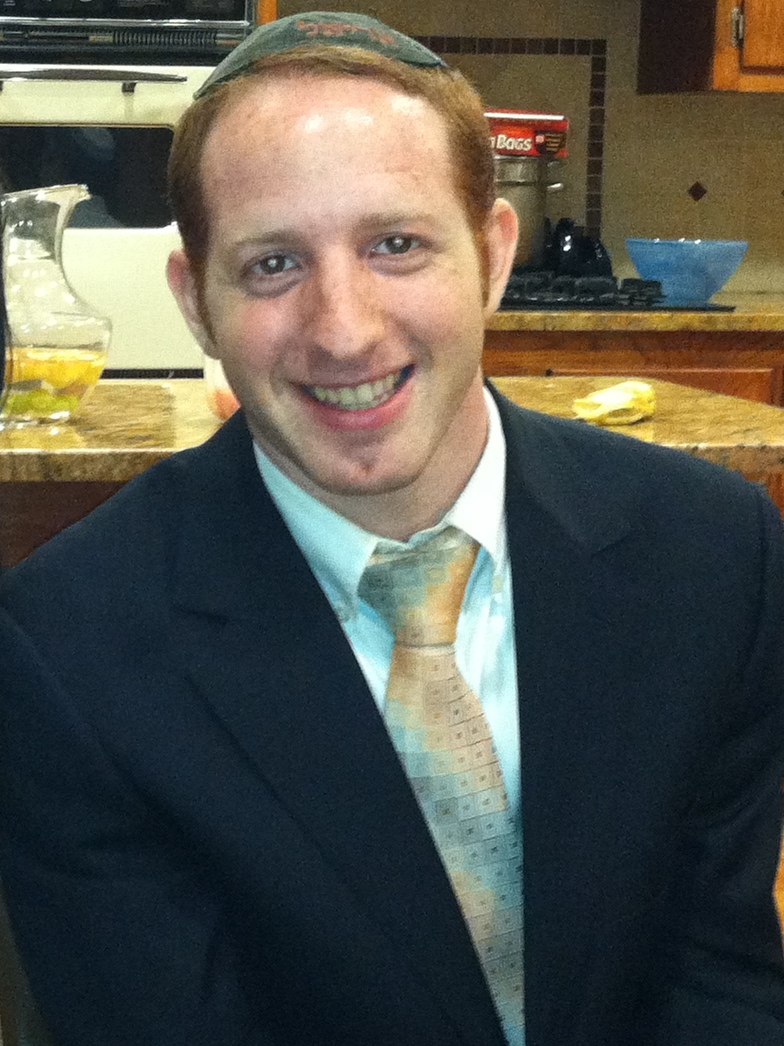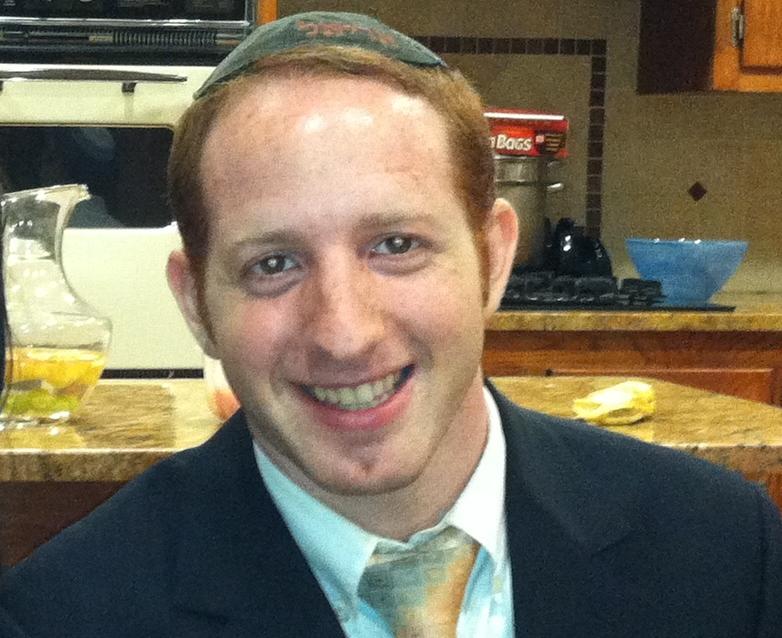Seeing the Big Picture
Lander Alum Ariel Hochster’s Unifying Philosophy of Psychology

The universe is constantly in motion, from the deepest galaxy to its tiniest atom. LCM Class of 2012 graduate Ariel Hochster put this idea into psychological practice while at Touro. Along with classmates and Professor Lieb Litman, the Queens native and current Kean University Psy.D candidate conducted groundbreaking research in the area of conjoined analysis. It’s a method that uses computer software to help parcel out surveyed responses to questions with myriad variables, rather than arriving at conclusions about human behavior through conventional, fixed experiments.
In 2011, when Touro hosted the New York Conference on Behavioral Research, Hochster shared their results with an audience of peers. Now, he’s readying to join a whole new set of colleagues when he begins work next year as a psychologist in Bogota, New Jersey’s Bixby School.
Till then, and throughout his first few years in the field, Hochster will remain at Kean and continue finding new ways to expand on the broadened scientific approach he nurtured while at Lander. Below, he shares some insights with us about approaching modern research, finding his way as a doctoral candidate and his aspirations for summing up the moving parts of his budding career.
Touro: What findings did you present at the New York Conference on Behavioral Research?
Ariel Hochster: I presented a paper on conjoined analysis, which is almost a new way of doing studies. In the current model, the way experiments are done is you try and hold as many variables constant as possible and only have one intentionally altered variable. Conjoined analysis is the acceptance that the way things change in nature isn’t like that—things happen simultaneously. We created studies where we give groups, let’s say, 10 different variables, and then we give them 50 of these different scenarios, and there was a computer program that, using algorithms, would figure out which were the most important factors. As opposed to asking, “Are you a happy person?” you’d get a whole list of details and have to ask [yourself], “What would I do in this situation?” One of the specific questions we were working on was regarding anger. If you were on a train, we were looking at how likely people were to get into physical confrontations. There’d be a case where somebody gets up and screams at you, and in one case they’ll be holding a knife and in one case they’ll be with three other friends. There’ll be different descriptions of what that guy looks like and all sorts of variables. The computer program can figure out what the contribution of each variable is to the decisions people are making.
Touro: How do new modes of research affect the relevance of traditional ones?
AH: It doesn’t downplay the significance of experiments that people have done. There’s been amazing research that’s given us all we know in psychology. But it could be potentially a new step toward a new way of looking at everything.
Touro: Does conjoined analysis relate to the research you’re conducting toward your doctorate?
AH: Right now, my research is still more as an observer. I started by helping one of the older students on her project. She’s working on campus connectedness. We believe the better connected students are to their campus—whether it’s activities or professors or whatever—the more likely they are to be retained in the school and not drop out. So we’re working with some of the staff at Kean on retention issues, and we think we have a couple of ideas of interventions that would reduce dropout rates.
Touro: Has there been a specific psychological study that inspired you?
AH: There have been a lot of them, but one of my favorites tested peoples’ biases. It found out people are very biased, and then they told the results to the people and did a second test on them to see whether the fact that they knew everybody was so biased would affect their bias. And basically, everyone agreed to knowing that everyone is biased, and then they would be biased themselves in the act of agreeing with it.
Touro: That kind of supports the idea that there’s no such thing as an objective experiment.
AH: We have to realize how invested we are in ourselves and how narrow our perspective is. The more we stick to our own perspective and don’t try and understand the world from multiple perspectives, we’re blinded by one view: our own.
Touro: Has your experience thus far given you a sense of how you want to impact people with your work in the future?
AH: The work on conjoined analysis that I did in undergrad was tool-building. Does having tools help you know what you want to build? Not necessarily. But once you decide what you want to build, they’re there to help you build it. The work that I’m doing now is a mix of things I’m interested in and just learning the whole experimental design. My broader goals in general are I’m hoping parents and teachers will unify the experience of school and try to give kids similar messages at home as they’re getting in school. I feel like there are a lot of educational opportunities that can be done with parents and teachers sharing together. I’m hoping eventually to work for a larger organization and create enrichment programs that tie the whole community together for a more complete, unified educational system.


